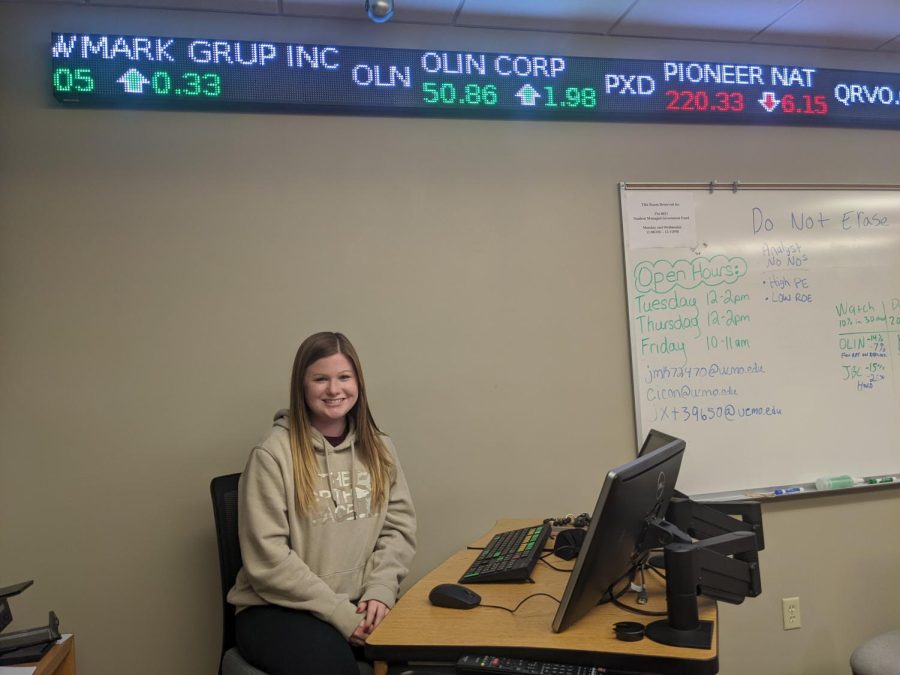By BERNARD CONDON
(NEW YORK, AP) – Optimism about the economy swept through the stock market Friday, pushing two widely watched indexes past major milestones.
After weeks of mixed signals about manufacturing and earnings, a surprisingly strong U.S. jobs report gave investors confidence that the economy isn’t about to falter. The market jumped from the opening bell. Traders donned party hats, and a wave of buying helped the Standard and Poor’s 500 index crack the 1,600 mark for the first time. The Dow Jones industrial average broke through 15,000.
“There’s euphoria today,” said Stephen Carl, the head equity trader at The Williams Capital Group. “That’s what you’d have to call it.”
On the floor of the New York Stock Exchange, brokers sported baseball caps emblazoned with “Dow 15,000.”
Jobs are crucial to keeping the stock market climbing. Big U.S. companies are making record profits, but much of that has come from cutting costs, not boosting sales. More jobs, and more consumer spending, would help.
U.S. employers added 165,000 workers last month and many more in February and March than previously estimated. The unemployment rate fell to the lowest level in four years, 7.5 percent.
The Dow rose 142.38 points to close at a record 14,973.96, up 1 percent. The S&P 500 index climbed 16.83 points, or 1 percent, to 1,614.42, also a record.
“We’re breaking through psychological barriers and that will continue to bring investors off the sidelines,” said Darrell Cronk, regional chief investment officer for Wells Fargo Private Bank. He called the jobs news “wonderful.”
Cronk, like many others on Wall Street, has been watching individual investors for signs they may finally have shed their fear of stocks. A surge in buying from them would help push stocks higher. But individuals pulled more money out of stock mutual funds than they put in late last month, a reversal from the trend earlier this year, according to the Investment Company Institute.
They’ve had reasons to pull back lately.
First came news of falling retail sales in March, then a series of weak manufacturing reports and signs of an economic slowdown in China.
Other reports, including two out Friday, have pointed to a slowdown. Factory orders sank in March and a gauge of growth in the service sector fell short of estimates.
First-quarter earnings have been mixed, too. Though they’ve come in higher than expected, many companies have reported little or no revenue growth, which has spooked investors.
Investors have also been concerned that higher Social Security payroll taxes and sweeping government spending cuts that took effect earlier this year will slow U.S. economic growth, and pinch corporate profits.
Friday’s jobs numbers suggested the private sector might be strong enough to overcome those obstacles.
In its report, the government revised its previous estimate of job gains up to 332,000 in February and 138,000 in March. The economy has created an average of 208,000 jobs a month from November through April – above the 138,000 added in the previous six months.
“Jobs are key,” said Randall Warren, chief investment officer of Warren Financial Service in Exton, Penn. “Everyone is worried about things like fiscal policy, the government spending money it doesn’t have. If you want to turn that situation around, you have to get people off their couches.”
On Friday, on market’s gains were broad. Eight of the 10 industry groups in the S&P 500 index rose. Nearly three stocks rose for every one that fell on the NYSE.
Companies that stand to benefit most from an upturn in the economy led the market. Those that make basic materials and produce oil and gas rose the most in the S&P 500 index.
U.S. Steel rose $1.08, or 6.3 percent, to $18.14. General Electric rose 25 cents, or 1.1 percent, to $22.57. Dow Chemical rose 84 cents, or 2.5 percent, to $33.96.
Utilities, consumer-staple companies and other safe-play stocks trailed the market as investors took on more risk.
The yield on the benchmark 10-year Treasury note jumped from its lowest level of the year, as traders moved money out of the safety of government bonds. The yield rose to 1.74 percent from 1.63 percent late Thursday.
Small-company stocks are more risky than bigger companies but can also offer investors greater returns. On Friday, they outpaced the broader market. The Russell 2000 jumped 14.57 points, or 1.6 percent, to 954.42, a new all-time high.
The Nasdaq composite index rose 38.01 points to 3,378.63, an increase of 1.1 percent. Still, it remains well below its dot-com peak.
Stock markets overseas also rose on the U.S. jobs report. The main indexes in France, Germany, Spain and Brazil climbed 1 percent or better.
The S&P 500 is up 13 percent from the start of the year. The Dow is up 14 percent.
Some investors were skeptical.
Tim Biggam, chief market strategist at the brokerage TradingBlock in Chicago, said he thought the market was being driven higher by people hoping that the Federal Reserve’s efforts to help the economy will keep working. Biggam said they’re ignoring troublesome trends.
“This may be the time you want to avoid getting in the market in my opinion, rather than jump in,” Biggam said.
Stocks surge to new highs after hiring climbs
May 4, 2013
Story continues below advertisement














































